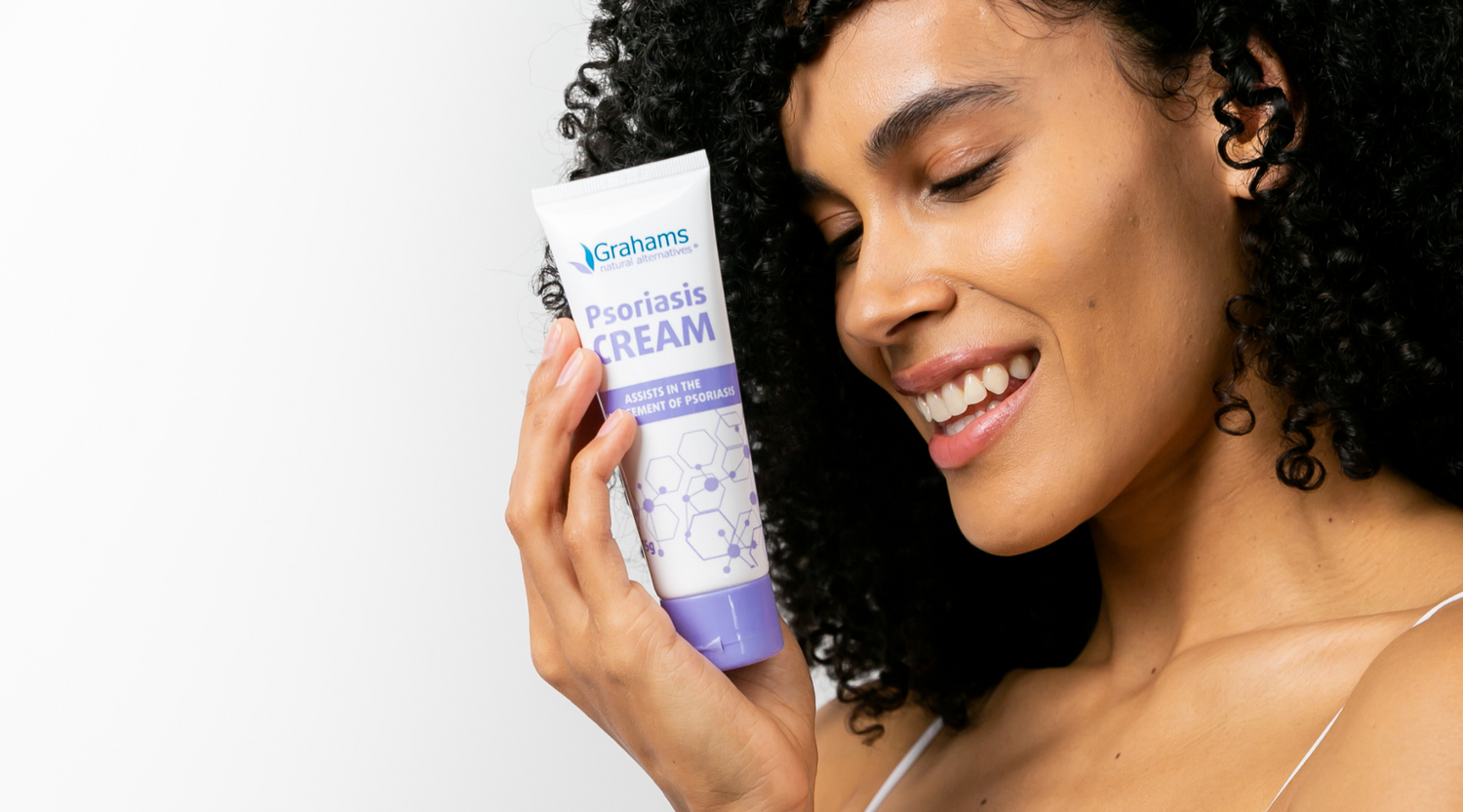What is it and how can I treat it?
Neurodermatitis, also referred to as lichen simplex chronicus, is a skin condition which typically affects adults between the ages of 20 and 50, however it may occur at any age. The condition is characterised by intense itching, thick/leathery skin, and a scaly appearance.
The areas most commonly affected by neurodermatitis are the back of the neck, scalp, ankles, wrists, and also the genital area.
The affected skin may become red, thickened, and leathery, and may also develop small, raised bumps or blisters.
How Does Neurodermatitis Compare to Eczema and Psoriasis?
Neurodermatitis is actually a type of eczema (dermatitis).
Eczema is a condition which is characterised by inflammation, redness, itching, and it can be caused by a variety of factors, including genetics, environmental factors, and immune system dysfunction.
Psoriasis, on the other hand, is a chronic autoimmune condition that is characterised by the rapid growth of skin cells, leading to the formation of thick, scaly patches on the skin.
Psoriasis is also characterised by inflammation and itching, and can be triggered by stress, infections, or certain medications.
While there are similarities between neurodermatitis, eczema, and psoriasis, each condition has its own unique characteristics and treatment options.
What Can Be Used to Help the Condition?
There are several treatment options available for neurodermatitis, including topical creams and ointments, oral medications, and phototherapy.
Topical corticosteroid creams and ointments are often prescribed to reduce inflammation and itching, and to help soften and moisturize the skin.
They are an instant solution, however don't treat the root cause of the condition, meaning that as soon as the steroids are stopped, the flare begins again.
Oral medications, such as antihistamines, may be prescribed to reduce itching and promote better sleep.
Again, these do not treat the skin, but rather help to limit the symptoms.
Phototherapy, which involves exposing the affected skin to specific wavelengths of ultraviolet light (similar to the treatment of psoriasis), may also be effective in reducing inflammation and itching.
In addition to these, Grahams Natural C+ Eczema & Dermatitis Cream may be of assistance to stop itching, reducing scaling, and help to hydrate skin whilst reducing inflammation.
It is a naturally formulated solution, developed to treat the skin with the help of powerful herbs such as Gotu Kola, Manuka Honey & Calendula.
Along with this, Grahams Natural Body & Bath Oil can be extremely beneficial to hydrating the scales presented with neurodermatitis.
In extent to this, some solutions to assist the condition are:
Avoiding triggers: Individuals with neurodermatitis should try to identify and avoid triggers that cause itching and scratching, such as certain fabrics, detergents, or soaps.
Keeping the skin moisturised: Regular use of a moisturising cream can help to soften and hydrate the skin, reducing the risk of itching and scratching.
Managing stress: Stressful events or situations can trigger itching and scratching in individuals with neurodermatitis. Learning relaxation techniques, such as deep breathing or meditation, can help to manage stress and reduce the risk of symptoms.
Avoiding scratching: While it can be difficult to resist the urge to scratch, it is important to avoid scratching or rubbing the affected skin. Scratching can cause further irritation and lead to the development of thicker, more leathery patches of skin.
In conclusion, it is always recommend to seek the advice of a registered healthcare professional to diagnose your symptoms.
However as a management option, C+ Eczema & Dermatitis Cream may be beneficial in hydrating skin, reducing inflammation and overall assisting the symptoms and discomfort associated with neurodermatitis.





